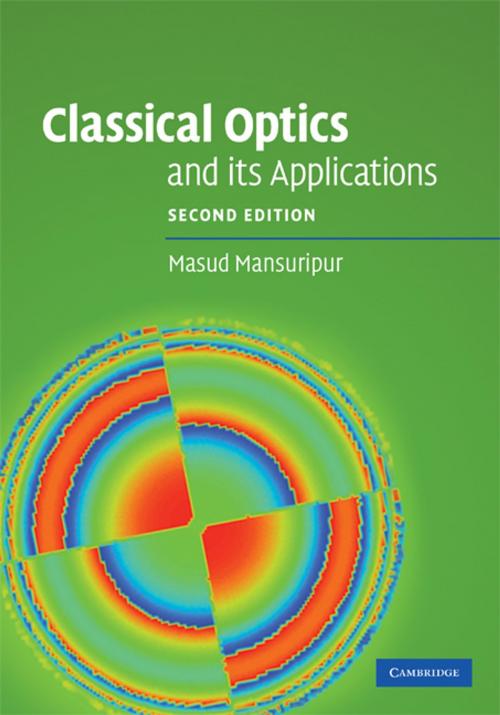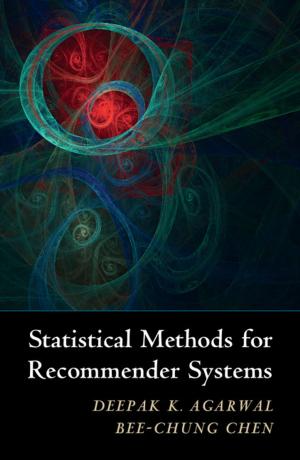Classical Optics and its Applications
Nonfiction, Science & Nature, Science, Physics, Optics, Technology| Author: | Masud Mansuripur | ISBN: | 9781316172261 |
| Publisher: | Cambridge University Press | Publication: | February 26, 2009 |
| Imprint: | Cambridge University Press | Language: | English |
| Author: | Masud Mansuripur |
| ISBN: | 9781316172261 |
| Publisher: | Cambridge University Press |
| Publication: | February 26, 2009 |
| Imprint: | Cambridge University Press |
| Language: | English |
Covering a broad range of fundamental topics in classical optics and electro-magnetism, this book is ideal for graduate-level courses in optics, providing supplementary reading materials for teachers and students alike. Industrial scientists and engineers developing modern optical systems will also find it an invaluable resource. Now in color, this second edition contains 13 new chapters, covering optical pulse compression, the Hanbury Brown-Twiss experiment, the Sagnac effect, Doppler shift and stellar aberration, and optics of semiconductor diode lasers. The first half of the book deals primarily with the basic concepts of optics, while the second half describes how these concepts can be used in a variety of technological applications. Each chapter is concerned with a single topic, developing an understanding through the use of diagrams, examples, numerical simulations, and logical arguments. The mathematical content is kept to a minimum to provide the reader with insightful discussions of optical phenomena.
Covering a broad range of fundamental topics in classical optics and electro-magnetism, this book is ideal for graduate-level courses in optics, providing supplementary reading materials for teachers and students alike. Industrial scientists and engineers developing modern optical systems will also find it an invaluable resource. Now in color, this second edition contains 13 new chapters, covering optical pulse compression, the Hanbury Brown-Twiss experiment, the Sagnac effect, Doppler shift and stellar aberration, and optics of semiconductor diode lasers. The first half of the book deals primarily with the basic concepts of optics, while the second half describes how these concepts can be used in a variety of technological applications. Each chapter is concerned with a single topic, developing an understanding through the use of diagrams, examples, numerical simulations, and logical arguments. The mathematical content is kept to a minimum to provide the reader with insightful discussions of optical phenomena.















